
A Year with the Leica M10 – A Field Report and Re-Review of a Modern Digital Classic
By Ashwin Rao – Join the Leica M10 Facebook Group HERE.
Dear friends and fellow photographers, it has been nearly 1 year since the Leica M10 first was announced, and only now are cameras beginning to be readily available. By all accounts, the M10 has been one of Leica’s most successful digital rangefinders, with the principal complaint being it’s lack of availability. The camera was designed with a number of features aimed to make M10 imminently more useable than it’s predecessors. The camera’s size and thickness harken to the classic film rangefinder body design, one that was familiar and comfortable for over 50 years. Early digital rangefinders had to become thicker to accommodate the electronics of the digital sensor stack, but today’s technology has facilitated a return to the original thickness with which so many rangefinder shooters are comfortable. The camera’s expanded ISO capacity, the novel and surprisingly useful ISO dial, and improved viewfinder, are capable of revealing new imaging vistas where previous M’s were not as capable. When I originally reviewed the M10 back in January, I was new to the camera, and like many of you, I was in the honeymoon period. I believe that it is great value in returning to the camera to re-consider if its differences remain as vital as they seemed in the first weeks of ownership. As I consider these questions myself, I hope to advise those of you who are considering buying this camera now, given that I now have hindsight of nearly a year’s use of the M10. So the question is: Am I still in love with the Leica M10? Read on to find out
I believe that any camera’s success hinges on it’s ability to inspire regular use. Essentially, once the honeymoon’s over, do you still get along? I am excited to say that the Leica M10 has been a fantastic photographic partner for my creative vision over the past many months. It’s comfortable to handle and hold. It’s responsive in real world use. Its small, incremental updates developed for the camera, add up to make the evolution of the digital rangefinder revolutionary. The M10 has a lot of things going for it, and while there is room for improvement, here are some of the highlights that may lend it to being the last digital rangefinder camera you may ever wish to purchase:
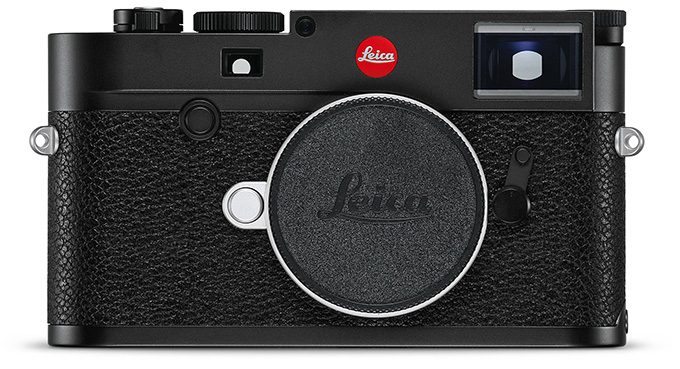
• Great looks. The M10 looks the part, harkening back to film M’s in design. Other than being a tad heavier than the film M’s of yester-year, the M10 maintains the svelte body type of the film M’s, making the feel very familiar to nearly all M shooters. To me, the M10 feels, handles, and looks very much like the Leica M7, in particular, though I would imagine that we’d see several cosmetic variations as the camera moves through its lifecycle. I find the camera to be particularly “well dressed” using the accessory Leicavit grip a Thumbs-Up Grip (either Match Technical’s or Leica’s own designs). Great looks translate into fantastic ergonomics, and in my opinion, the Leica M10 is the best handling of Leica’s digital rangefinders.
• Improved function: With the addition of the ISO dial on the body’s upper chassis, The Leica M10 now features all key photographic parameters readily accessible to the photographer in an ergonomic, efficient package. M10 users now have near-immediate access to ISO, shutter speed, focus, and aperture for ultimate control over imaging parameter. The rear thumb wheel can be set to adjust exposure compensation, making the M10 a near perfect tool for manual photography.
• Improved sensor performance. The Leica M10’s sensor performs very well, enough to complete with top of the line sensors from other companies. Leica has not announced from whom they source the sensors, other than to note that the M10’s sensor was designed for the unique needs of rangefinder lenses, whose handling of light necessitates the employment of micro-lenses to preserve edge performance.
Paired with Legendary glass, the Leica M10’s sensor really shines, and in my experience, the images produced are a step above the output from the Leica SL and Q. The sensor’s color and white balance algorithms seem more mature, rendering a more neutral, yet natural image, with better handling of skin tones than prior digital Leica cameras. ISO and aspects of dynamic range are dramatically improved, while banding at high ISO is notably reduced, making the camera a far more flexible tool in low light and opening up opportunities for using f/2 through f/2.8 aperture lenses in extreme low-light settings previously reserved for Summilux (f/1.4) lenses.
• Updated menu system: Leica took their menu system from the M240 and scrapped it in favor of a more simplistic, elegant 1-option menu system that allows for customizability, so that the photographer’s most used menu items are customizable to the main menu. While a subtle change, a useful one nonetheless
• Viewfinder. It turns out that Leica’s claim that the M10 is an easier camera to nail focus hinges on its larger viewfinder, which provides better eye relief. For eyeglass wearers like me, this is a notable improvement in terms of function and can make going back to the M9 and M240 surprisingly frustrating. The viewfinder is lovely and for those of us with aging eyes, this change is most welcome!
• Color signature of the files. To many, the Leica M10 offers much improved white balance, and hence, a more comfortable color signature. I have stuggled with defining the “Leica Look” or “Leica colors” in the past, but I always feel that images I make with my Leica’s possess a unique look. The Leica M10 possesses its own color signature that’s different than the M9 or M240. Some of you will like what you see, while others of you may struggle with these subtle changes. For those of you in love with the CCD-rendering of the M8 and M9 cameras, you will be pleased that your cameras will continue to produce a unique color signature that’s not been clearly reproduced in today’s modern digital rangefinder. However, the combination of the sensor’s spectral sensitivity and the M10’s white balance algorithms makes the M10 more appealing in shooting people and places. Colors seem punchy and more accurate, and while different, I cannot earnestly say that it’s better or worse. Color accuracy is often in the eye of the beholder, but in my opinion, the M10 handles challenging colors very well.
• Improved LCD and EVF. In today’s digital world, Leica must be able to offer a reasonable rear LCD for image review. With the M240 and M10, they definitely upped their game over the dated LCD’s of the M9 and M8. The Leica M240’s optional external viewfinder (EVF) left much to be desired from the day of its relief. It’s lower pixel count and poor refresh rate hobbled it from the outset, and was not an elegant solution for an otherwise elegant camera. The Leica M10 employs the same EVF (Visoflex) that can be used on the TL series cameras. While the EVF cannot compete with the Leica SL’s viewfinder (drats!!!!), it’s plenty sufficient for times when an EVF is beneficial as a focus aid and is on par with many of Sony’s current generation EVF’s.
• That 3D pop. This is a tough one, but I’ll put it out there. Many people felt that the Leica M9 had a unique 3D pop that went missing with the Leica M240. This comment is sure to incite debate and criticism, but many have noted this. Dynamic range improvements of the M240 were at times “blamed” for this phenomenon, and yet here were are, with the M10, with supposedly improved DR over the M240, and the M10’s sensor is capable of delivering substantial pop.
We rangefinder photographers value two things: Usability and image quality. If a camera does not embrace both, then something seems lacking. The M10’s image quality is vibrant, with pizzazz, akin to its design, which emphasizes the strengths of the rangefinder method while getting out of the way of the photographer. Similarly, the Leica M10’s image quality, color reproduction, and pop are all abundantly pleasing, providing the M10 user with a pleasing image to work with once home.
Much of what I have written has already been said but these factors to matter for those weighing the challenging decision of whether to invest in such a camera. To me, the Leica M10’s improvements remain obvious even months after use. In fact, as a former M9 devotee, I can earnestly say that I no longer wish for a re-born M9/CCD camera.
Up to now, I have focused on the positive features and experiences that the Leica M10 offers. But not all that glitters is gold. After nearly a year of daily use, what are the negatives? Where does the Leica M10 fail to live up to its hype?
• Hobbled Highlights: The biggest negative, for me, is the camera’s capacity to blow highlights. This seems more pronounced to me for the M10, than for its digital predecessors (M9 and M24), and one must take care to under exposed by a 1/3 stop and adjust in post processing to insure that you are not losing highlight details in high contrast/poorly lit situations. The M10 files, oddly enough, handle a lot like Leica M Monochrom files. IF you take care to underexpose to save highlights, you will be duly rewarded with images that provide ample dynamic range and editing wiggle room.
• Megapixel count. One may look at this as a pro or a con. For the vast majority of photographers, a file generated from a 24 MP sensor will suffice to make large prints. In fact, when megapixel counts exceed this count, it becomes increasingly challenging for the photographer to achieve critical focus, as increased pixel density requires substantial technical prowess (steady hands, reduced shutter shock, etc). For every tremor of the hand or shutter vibrate, image quality degrades. For this reason, many photographers who have gradually upgraded to higher megapixel sensors have found it increasingly difficult to produce pixel-sharp images. Some camera companies, such as Sony, Nikon, and Canon, have begun to use in-lens or in-body image stabilization mechanisms to counteract this image degradation. Leica has not done this, preferring to manage expectations with a 24 MP sensor. Yet for many, 24 MP is boring, in a world where high-end cameras sport 35-50 MP sensors. How you feel about this is a highly individual matter.
• Camera Defects. Like many early releases from Leica, many of the M10’s were fraught with issues. The most recent issue reported widely has been de-coupling of the camera’s ISO dial, rendering the ISO non-changeable for some users. I unfortunately had to return 2 cameras due to a faulty orientation sensor (causing images to orient incorrectly once downloaded to my computer) and a defective shutter. Thankfully, the good folks at the Leica Store Bellevue came to the rescue, with incredible customer service, and replaced both cameras rapidly. In summary, it’s good to have a Local Leica vendor nearby; your best bet is an authorized Leica dealer (be it a independent online retailer such as Ken Hansen, Popflash, B&H) or local boutique/dealer. Protect yourself. From all that I have read, most Leica M10’s being delivered have been perfectly functional, so take my criticism with a grain of salt.
• Overheating. To date, extensive use of the Visoflex EVF will cause the camera to become hot, and in some instances, drains battery life or introduces issues such as freezing. If you heavily use the EVF, make sure to have a spare battery or two. Speaking of batteries….
• Lower Battery Capacity: The Leica M10’s new battery has a lower capacity than the M240 battery. The physically smaller battery was necessary to shrink the camera dimensions to film size, and thus a lower capacity battery was chosen. That being said, the M10’s battery is sufficient for most needs. I have gotten over 700 images from a single charge during continuous use by avoiding using the EVF while only occasionally using the rear LCD. IF you are a high volume shooter, expect to purchase a second battery to have on hand for your M10…just in case.
• The Competition: Well guess, what? There are more kids playing in the sandbox these days…what do I mean? Whereas Leica used to be the only compact full frame camera, ideal for street and travel work, many more companies have joined the fray to occupy this space. Sony delivers compact full frame cameras at a much lower price point. Fuji, Olympus, and Panasonic offer wonderful crop-sensor compact, mirrorless, interchangeable options that fill the price gap and size cap between compact cameras and SLR. And guess what, cell phones are competition too. Today’s cameras imploy increasingly sophisticated lenses (dual lenses), sensors, and image processing algorithms that allow them to compete, at first glance, with today’s high-end cameras, and few would argue that cellphones are today’s most convenient cameras.
Truth be told, the Leica M10 has no peer. While the competition seems obvious on the surface, the truth is that for those devoted to rangefinder-style photography, the Leica M10 has no peer. It’s built to a specification unmatched by any digital 35 mm format camera. Unless you prefer to shoot film, the Leica M10 is the best digital rangefinder ever made and it’s held up to my daily use and scrutiny for nearly one year. It’s a trusted companion as I make my journey through life. It’s an elegant partner that simply gets out of the way of making a great image while simultaneously engendering an immense pride of ownership. Should you choose to buy an M10, you will be rewarded. I have not come across many (? any) unhappy M10 users. For those of us who enjoy ultimate manual control over composing your images, the Leica M10 is peerless. The decision should be simple for those of you considering buying the Leica M1… Just Do It!
All the best to you as you find your own photographic journey, and I hope to see you down the road, Leica in your hand and a smile on your face, having just captured that decisive moment!

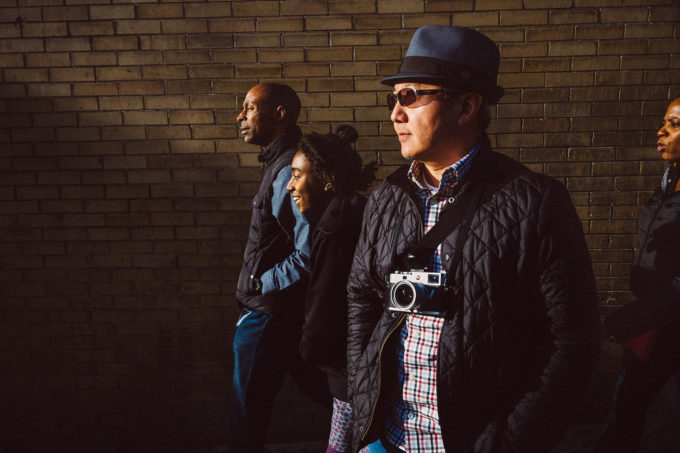
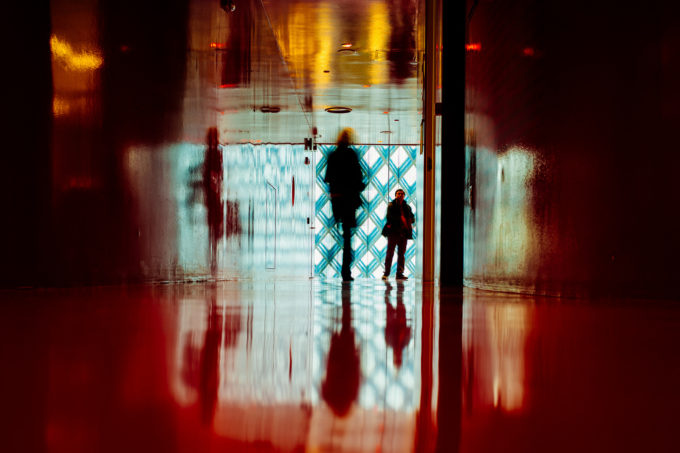

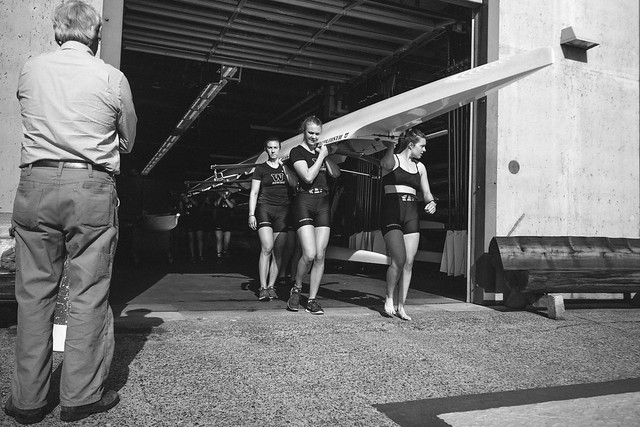
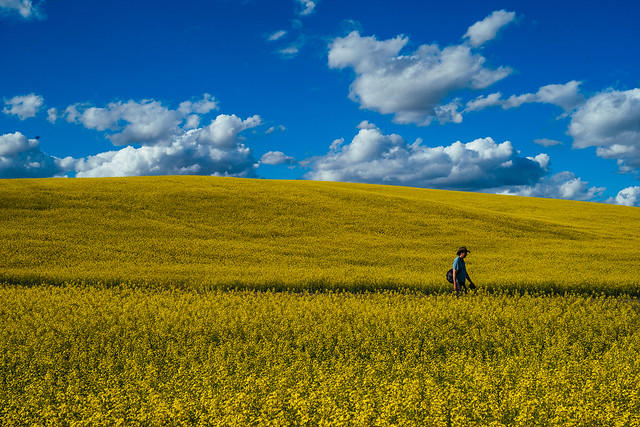


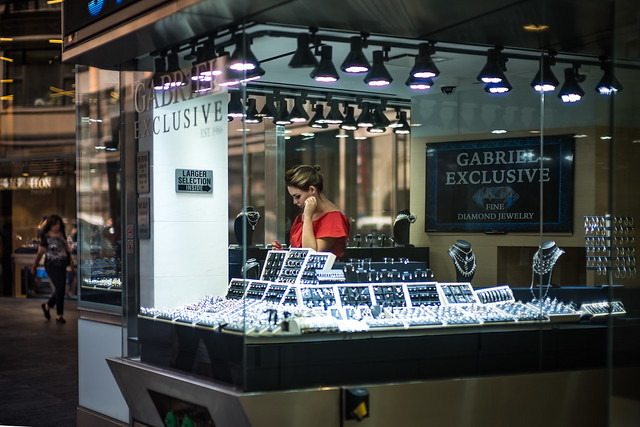
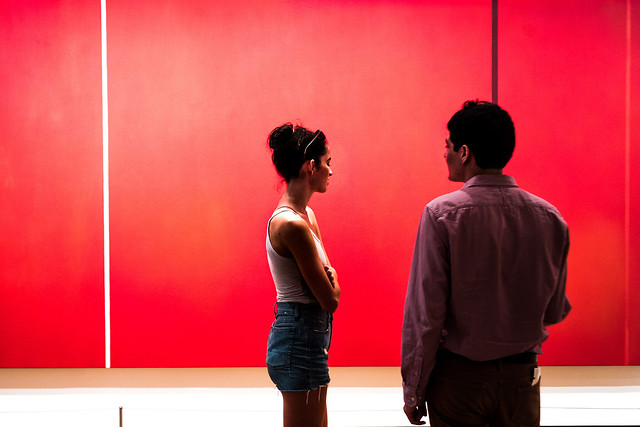

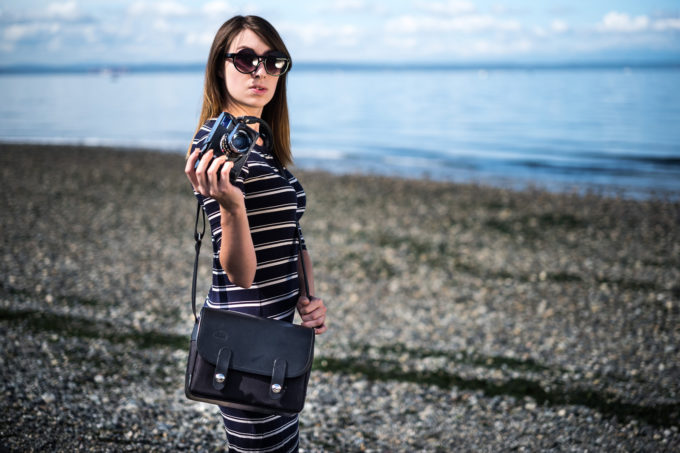





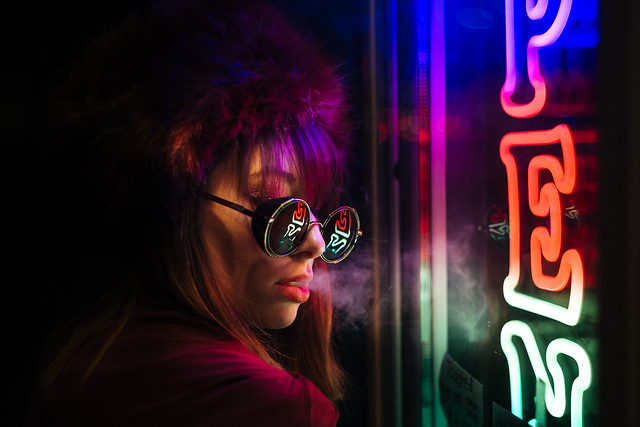
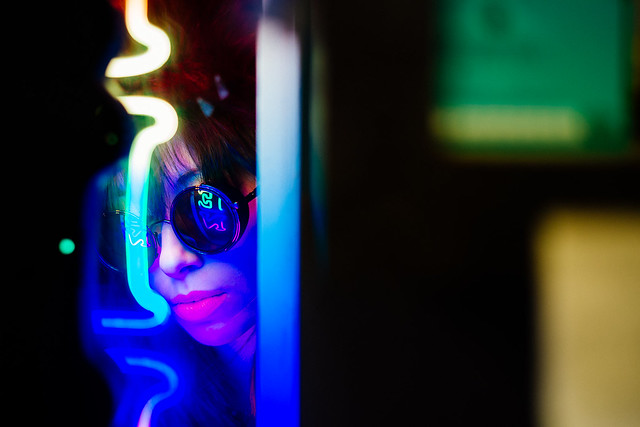

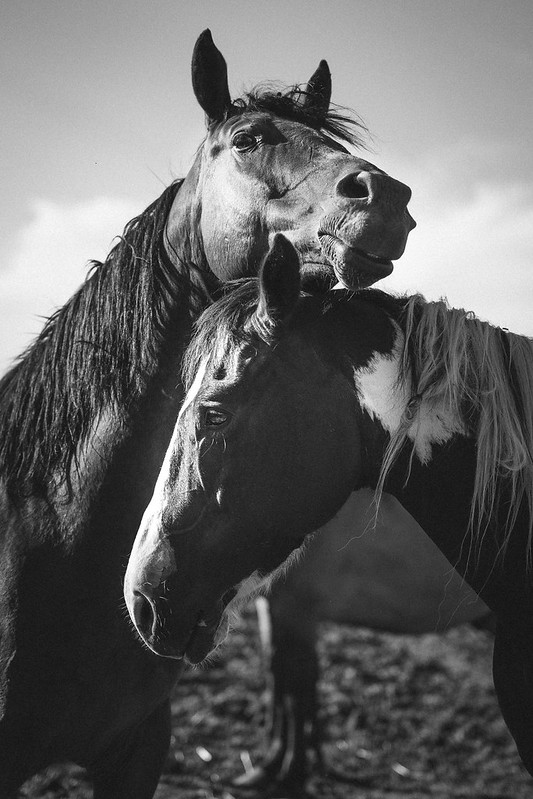
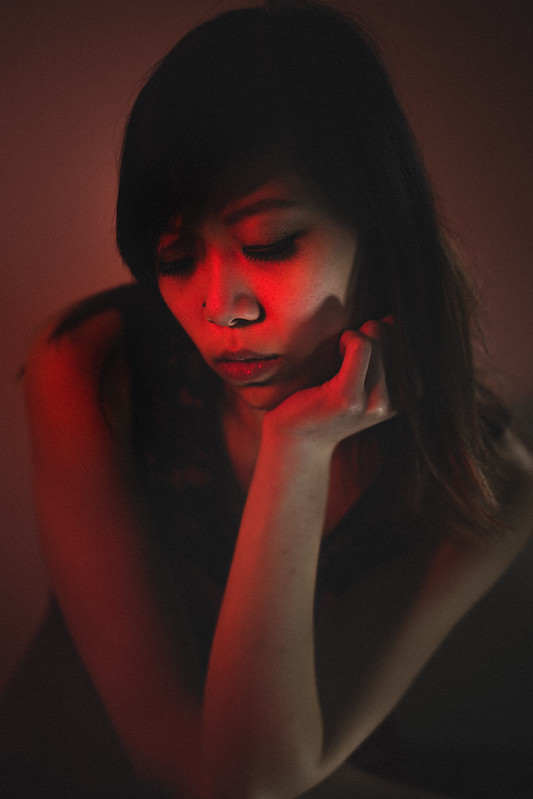
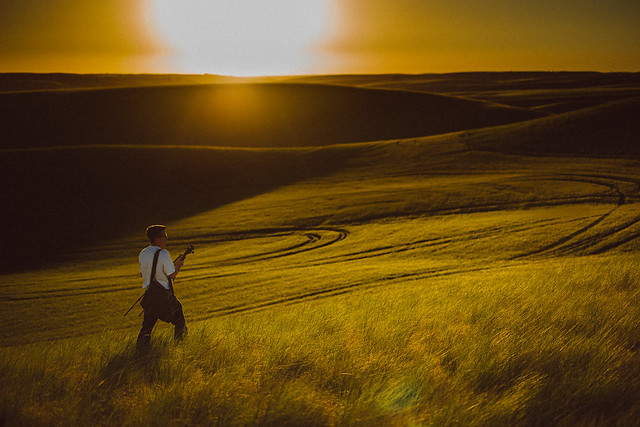
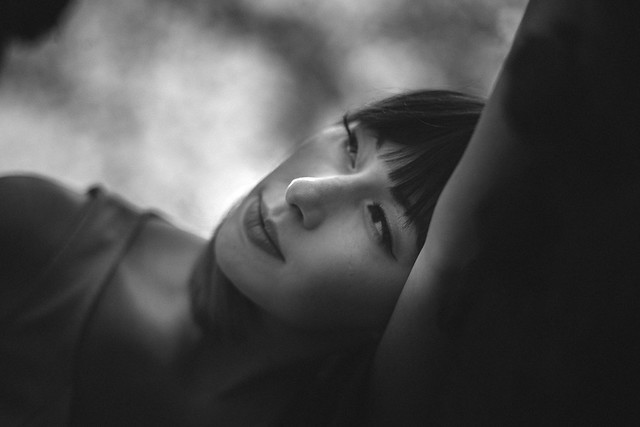
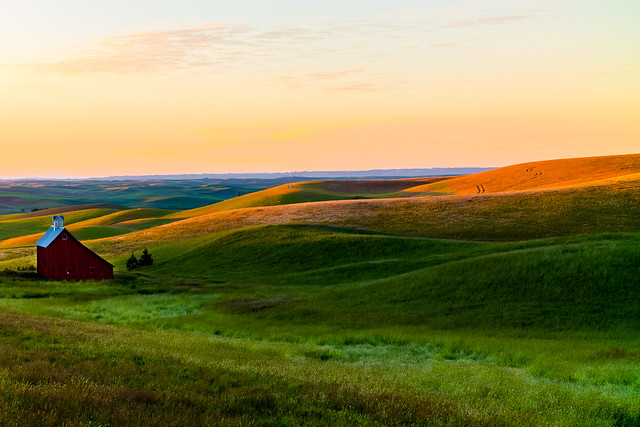


Excellent article and I’m in agreement with pretty much everything you wrote. The one area I’d like to see improvement in however, is the overall sluggishness. It is nowhere near as bad as the M240 and M9, but when you turn on the camera, it takes maybe a full second to actually start. This can also happen when the camera falls asleep. And I know this sounds like a really minor thing, but my ancient D3 doesn’t have this problem. The M10 is also a bit sluggish if you shoot like 10 frames and try to review them. The LCD shows the file name rather than the actual image you took. Happens to me quite often. I rate the M10 a solid “9”, but if they could make the camera respond instantly for every action, I’d give it a 10.
Oh, and the iPhone app is killer. I use it all the time and it works very well for transferring images to the phone. Very useful if you want to send someone their image right away rather than doing it from home.
First. The pictures are excellent fit for such an hones, balanced, well written review.
Second. I cannot properly express this and I don’t think it’s because English is not my first language: It’s a sobering thought to realize that I will never be able to own a Leica Camera. I have been a hardworking, responsible individual since I was 12, and I have never wished for expensive things, I never cared for jewelry, cars or elegant designer’s clothing, but Oh God! how I want to have an M-10 with a 24 and a 50mm. Digging into Leica’s history I found out that in the old days these cameras were expensive but affordable if you saved for a few months. It seems that since the arrival of digital, Leica has outpriced most people.
Thirds. I should stop reading this kind of articles.
I love my m10…best camera Ive ever owned except my m-a…pixels are overrated…having a real camera with you wherever is all you really need.
An excellent review Ashwin and wonderful images as usual.
You certainly know how to put the camera through it’s paces.
Your experience mirrors mine and like yourself I no longer hanker for the M9.
Keep up the good work.
Kind regards
Ross
Damn. KillR / beautiful photo’s and re-review Ashwin. M10 still on my radar. Gonna happen at some point soon!
-Murph
Honestly, Ashwin, very few people need more than 24MP (I’ll take improvements in DR and high ISO before a bump in megapixels, every time). I’ve seen 20”x30” prints from the Fujifilm X-Pro2 that looked amazing; the M10 would be at least as good, I’ve no doubt. By the time you put a matte and/or a frame around an image that size, you pretty much need an 8000 sq ft Beverley Hills mansion to find a wall to hang it on. 😉
Plus, I think Chris over at the Camera Store summed it up best in his recent D850 review >> “If you wanna get the most out of the 46mp… this belongs on a tripod.”
For those shooting enormous fine art prints, or fashion, or dedicated gallery work, then I get…for everyone else it’s just bragging rights. 24MP is kinda the sweet spot nowadays and can handle 80%+ of most work, both personal and professional.
Great shots, btw! And solid review.
You can, most of them go right to his Flickr, or should.
I meant “under-exposing”, of course!
Just want to say It’s really good to read a post by you again. As for colour, well the pictures speak for themselves, but as a low- end Leica fan, I like the colour from all of mine, too! And mostly I follow the rule of user-exposing one or two thirds. Your write-up makes me feel perhaps I should hire an M10 just so I haven’t lived without visiting rangefinder country! Thanks a lot.
Also, the model in many of the pictures is the lovely Haley Bart, who’s incredible to work with , should any of you be in Seattle. You can find her readily on facebook.
Thank you to everyone who posted and commented here. It’s been a pleasure to be part of Steve’s community for many years now, and he’s a dear friend. The M10 has become a trusted companion that I enjoy for its strengths. Thanks to you all for commenting on the quality of the photos. I have been hard at work at letting the camera get out of the way to hone my creative vision. Not all of my photos are winners, but the M10 has served my artistic side well!
Ashwin, wonderful and diverse pictures!! Thank you. Following you on Steve’s site for years I appreciate your detailed “real world use” comments on the M10. I agree with all references to the M240 (only played with the M10), but I guess I stick to this – very – trusted camera of mine for a bit longer. Might have to do with my recent purchase of a used FM2 and Steve’s ongoing review of this damn attractive Hassi….)))
Keep up the good output and great support to Steve’s awesome site.
Oliver
Thank you Ashwin. You wrote a very nice article and the images are excellent. I will never be a Leica owner, but I completely understand using a camera that makes a person smile. Mine is the Olympus Pen F with small primes.
Steve: I am frustrated that I cannot click through (as you always remind us to do!) to see the best rendering of many of Ashwin’s images.
Thanks for the clarification. Didn’t jump out at me..
As it states right at the start “By Ashwin Rao” – Ashwin has written for me and this site for maybe 7-8 years now. He has tons of articles here as you can see by doing a search for his name:
http://www.stevehuffphoto.com/?s=Ashwin+rao
He is also a great friend of mine who I meet up with 1-2 times per year. This site over its 10 year history has always had guest writers and posts, as it is about community, sharing and information. The more the merrier.
Who’s Ashwin? I thought Steve wrote this article?
Hi Ashwin
Very nice post and lovely photos
As a Leica M user for many years ( and an M10 user now) i could not agree more.
Unlike other cameras ( i tried them all) the Leica M cameras make me happy , the others just left me indifferent, I love holding the M10 and i love shooting with it.
A good friend of mine sold his M9 a few years ago , he bought a Sony A7R instead.
He tried to convince me the Sony was better and cheaper, a few days ago he finally admitted, Leica was the only camera that made him happy. Maybe its the camera shape, maybe the manual focus it’s simplicity or maybe the amount of thinking you have to put in, before taking the shot
I dont know the answer but as Ashwin said. it is a camera that makes you smile
What can i say ,i fully understand Ashwin’s passion 🙂
I only wish it wasn’t so expansive ( but than there is a 3-4 months waiting list so they must know what they are doing ).
Leica also have a great customer service. I had a back focus problem and they gave me a new camera instead
Brilliant Photographs Ashwin!!! And even though a Leica remains out of my budget, it was very interesting to read about your thoughts and experience with this fantastic photographic tool.
This is a wonderful review of the M10. Not only are your photos incredibly good, but your sincerity in pointing out the highlights and limitations of the M10 are very appreciated. Totally agree with your characterization that the M10 has no peer PROVIDED the photographer prefers the rangefinder style of cameras. Here I agree, but with a few caveats. I realize that the popular thing to do now is to put down the M240 now that the M10 came out, but I’m not so sure that with the ability to change lenses and the rendering of the photos, the differences are so substantial to the human eye. A recent National Geographic cover photo was shot with a 10-year old camera using an iPhone as a bounce light, so I want to give a shout to the M240 users (and I’m one of them) not to despair while enduring the barrage of criticism being vested on the camera these days. As Ashwin well points out, he M10 is definitely a step up in the Leica M evolution, but like the point in Nobel Laureate Gunther Grass’ book, Crabwalk, it is also making progress while walking backwards.
Amazing.
Pictures are outstanding! May faves are neon sign reflections on sunglasses.
agree.. images are so beautiful
love it!
Nice post Ashwin.
I have owned and used M3, M6, M8, M9, M240 (not all at once) and had a chance to use and test the M10 and SL. All wonderful cameras, but for the first time I am feeling that my next upgrade will be Medium Format I am wondering now that Hasselblad has put out the impressive XD1 in a great body if Leica will go that way as well. In my opinion they may have to. Again great post
Love mine. It is my go-to camera over my SL. For all the reasons outlined…but mostly because of the engagement aspect of me with the camera. I feel like I am making a photograph!
Great timing Ashwin. You hit all the important issues, but more importantly, provided images that reinforced each point. Great images. I’m concerned about how well its images can be converted to monochrome: your b&w images answered it for you. I have a hard time evaluating images without also knowing what lenses were being used. The quality matches some of the best M10 images I’ve seen on the web, but it would help to know what lenses you used. Knowing that the availability has now improved, I just prepaid for one that should be coming in a few weeks now.
These are some of the nicest pictures I’ve seen here in a while. Very nice!
Great, honest review Ashwin. I’ve read quite a bit about the camera failures, so your two (!) have not been a rarity. It’s refreshing to read that instead of having the usual all is perfect, best thing ever test.
I’ve noticed the highlight clipping issue, it seems the M9 generation handled it the best.
But man, some of your pics are knock outs, especially near the end of the article. The red portrait, the horses. And wow the girl with the neon lights! Fantastic.
Best regards
Huss